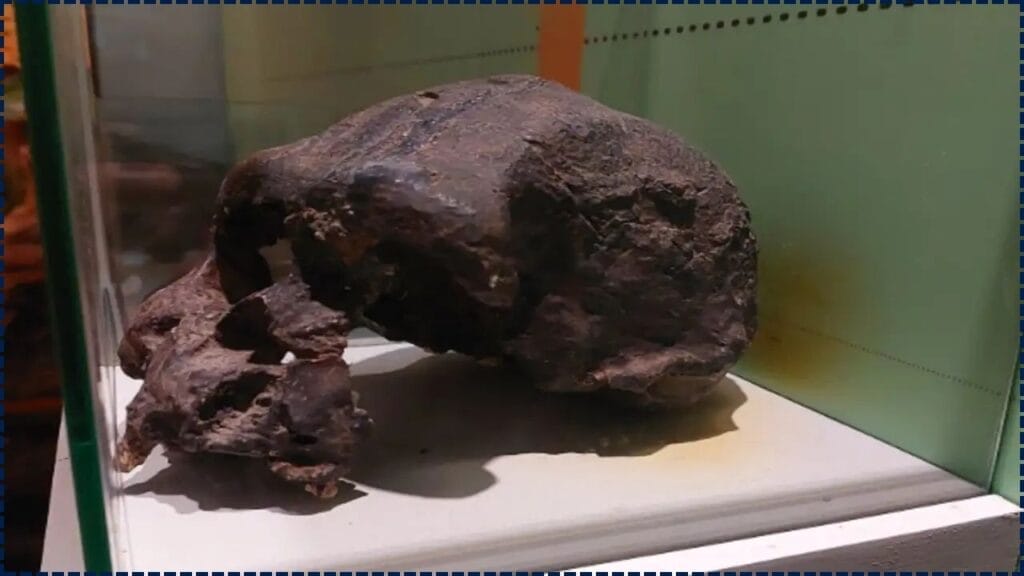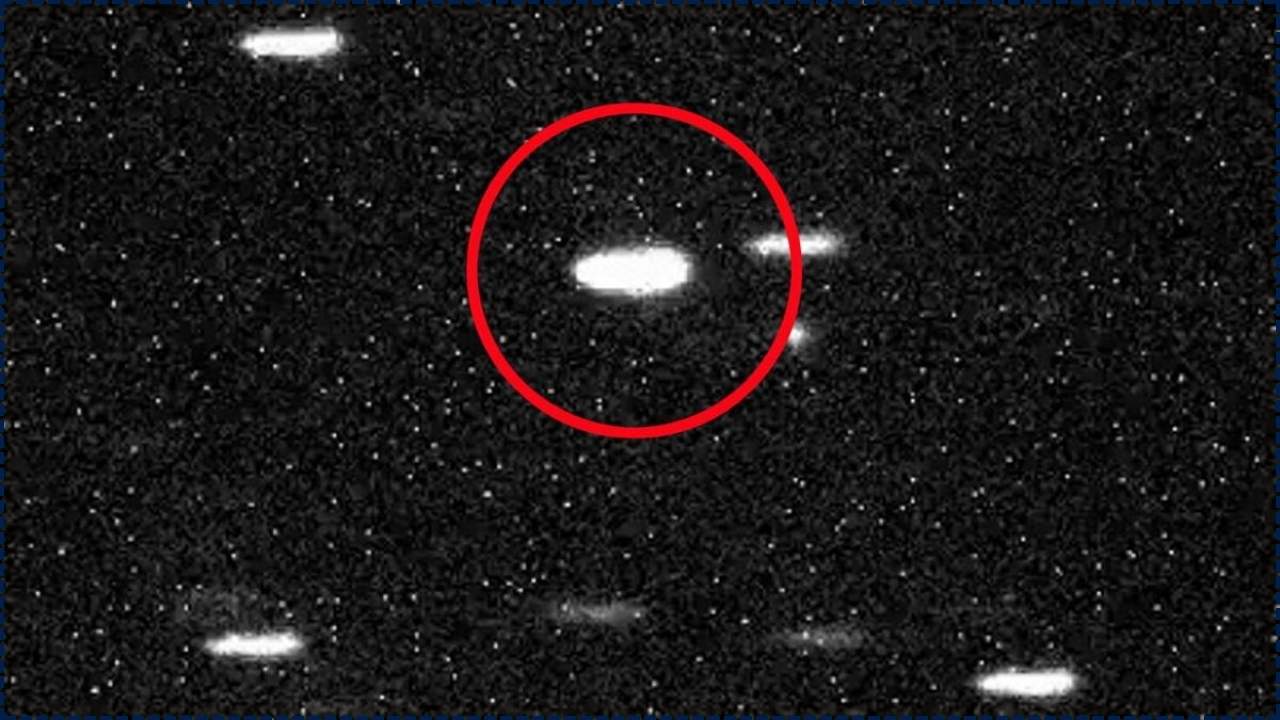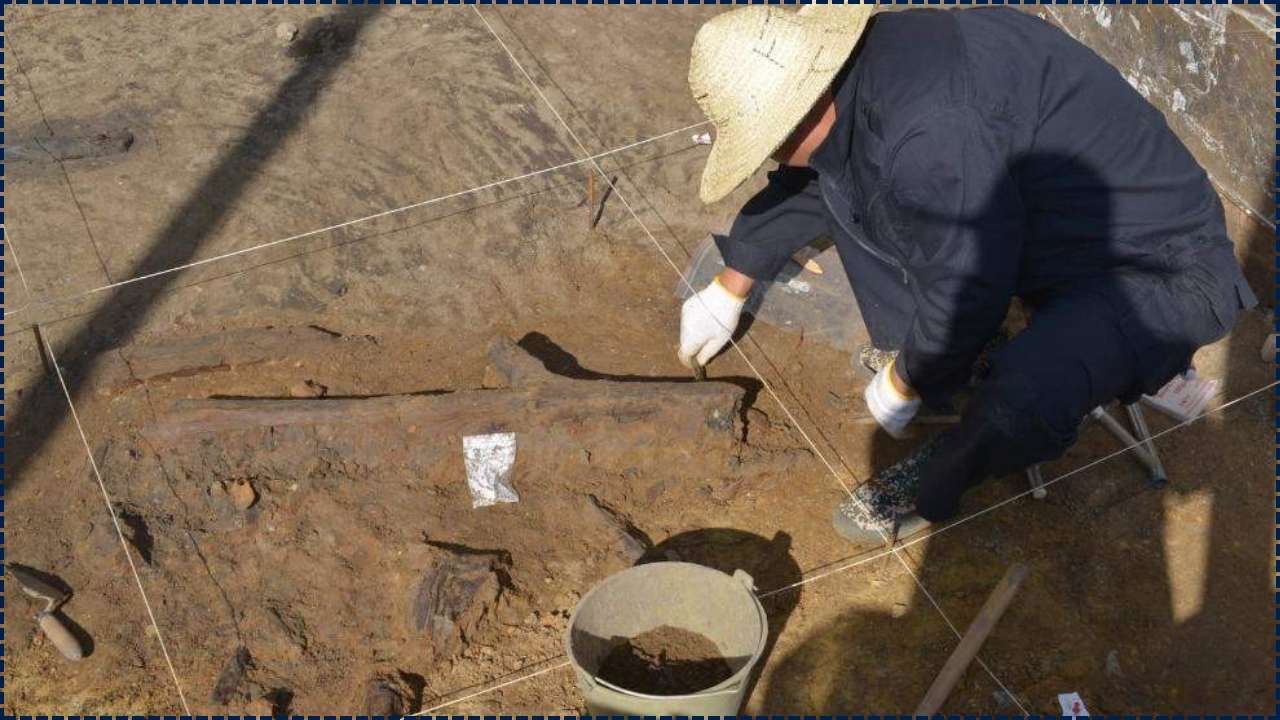140,000-Year-Old Homo Erectus Fossils: Underwater discovery in Indonesia reveals 140,000-year-old Homo erectus fossils, shaking up what we thought we knew about early humans. This jaw-dropping find beneath the Madura Strait isn’t just a cool flashback—it’s a game-changer in our understanding of how Homo erectus lived, migrated, and evolved.

Turns out, these ancient hominins were more mobile, adaptable, and resourceful than science had given them credit for. Now, archaeologists are diving deeper into the seabed to piece together this long-lost chapter of human history.
140,000-Year-Old Homo Erectus Fossils
| Feature | Details |
|---|---|
| Discovery Site | Madura Strait, Indonesia |
| Estimated Age | 140,000 years old |
| Species | Homo erectus |
| Significance | First submerged Homo erectus fossils in Southeast Asia |
| Associated Artifacts | 6,000+ animal fossils, signs of hunting, butchering, fire use |
| Lead Institutions | Leiden University, Geological Museum Bandung |
The underwater discovery of Homo erectus fossils in Indonesia proves that our ancient ancestors were more resilient, skilled, and widespread than anyone guessed. At 140,000 years old, these bones unlock powerful stories about survival, migration, and human innovation.
This isn’t just a historic “find”—it’s a new beginning for how we understand the story of us. And if this much history can hide beneath the sea, imagine what’s still waiting to be uncovered.
How the Fossils Were Found
The discovery came during a dredging operation in the Madura Strait, located between the Indonesian islands of Java and Madura. Workers, scooping out sediment for maritime projects, stumbled across what turned out to be ancient bones.
Among them? Skull fragments belonging to Homo erectus, our ancient ancestor who first appeared around 2 million years ago. These particular fossils are now dated at roughly 140,000 years old—and they were found underwater, which is a big deal.
“This is the first time we’ve found Homo erectus fossils beneath the sea,” said Dr. Etty Indriati, one of the lead researchers from Indonesia’s Geological Agency.
Why This Discovery Matters
For years, scientists believed Homo erectus lived mainly in dry upland regions, and that they were limited to landlocked parts of Southeast Asia. But this new underwater site tells a different story.
A New Map for Early Humans
This find expands the known geographical range of Homo erectus and suggests they adapted to coastal environments much earlier than previously thought.
Life in Ancient Sundaland
Back then, sea levels were much lower. The Madura Strait was part of Sundaland, a massive stretch of land connecting present-day Indonesia, Malaysia, and parts of Southeast Asia. It was full of rivers, wildlife, and fertile land—perfect for hunter-gatherers.
Better Tools, Bigger Brains
The tools and animal bones found alongside the fossils show signs of butchering, fire use, and coordinated hunting. It’s a strong signal that Homo erectus wasn’t just a nomadic wanderer—they were skilled survivalists with social systems.
What We Learned From the Fossils
Archaeologists uncovered more than just old bones. They found:
Animal Bones With Cut Marks
Over 6,000 animal bones, including deer, buffalo, turtles, and even rhinos, had clear signs of being hunted and processed by early humans.
Burned Sediments
Some layers in the site had charcoal deposits, suggesting controlled use of fire for cooking or warmth.
Shell Tools and Sharp Edges
Shell fragments with retouched edges show these hominins likely made basic tools from their coastal environment.
These clues give us a vivid picture of a population that was thriving, not just surviving.
140,000-Year-Old Homo Erectus Fossils: How Fossils Are Dated and Analyzed
Here’s how scientists figured out just how old these fossils are and what they mean:
- Radiometric Dating: They used Uranium-series dating to measure decay in the bones, placing them at around 140,000 years old.
- Sediment Analysis: Geologists compared soil layers from known periods to help confirm fossil age and environment.
- Comparative Anatomy: Researchers compared the skull fragments to other Homo erectus fossils like those from Sangiran, Java, and confirmed the species match.
- Microscopic Imaging: Cut marks on animal bones were analyzed under microscopes to distinguish natural damage vs. human activity.
FAQs On 140,000-Year-Old Homo Erectus Fossils
Q: Who was Homo erectus?
A: Homo erectus was one of the earliest human ancestors to walk upright and use fire. They lived from about 2 million to 100,000 years ago.
Q: Why is finding fossils underwater a big deal?
A: Because underwater sites preserve ancient ecosystems. Most Homo erectus finds have been on land—this one shows they may have thrived near coastlines too.
Q: Could Homo erectus sail or build boats?
A: There’s no hard proof yet, but this discovery adds weight to theories that they were more mobile—and maybe even seafaring—than we thought.
Q: What’s next for the dig site?
A: Researchers plan further marine excavations and 3D mapping to identify more fossil-rich layers.
Q: Where are the fossils now?
A: They’re being stored and studied at the Geological Museum in Bandung, with future plans for public exhibition.
The Big Picture—Why This Find Matters Globally
This underwater Homo erectus discovery changes more than just our map—it shifts how we view early human behavior worldwide.
Rewriting Migration Timelines
It proves Homo erectus likely moved through coastal corridors long before modern humans did. That opens up fresh ideas about how ancient hominins explored the world.
Human Evolution Is Messier Than We Thought
The old textbook version of evolution is a neat line from ape to Homo sapiens. But this find reminds us that the truth is more complex—and filled with different human species interacting and adapting.
Indonesia’s Global Importance in Prehistory
With other big finds like Homo floresiensis and Homo luzonensis in nearby islands, this region is fast becoming one of the world’s most important hominin hotspots.












